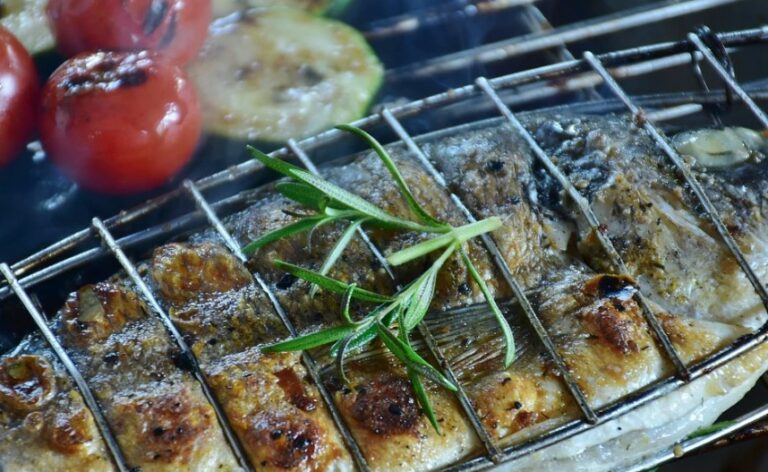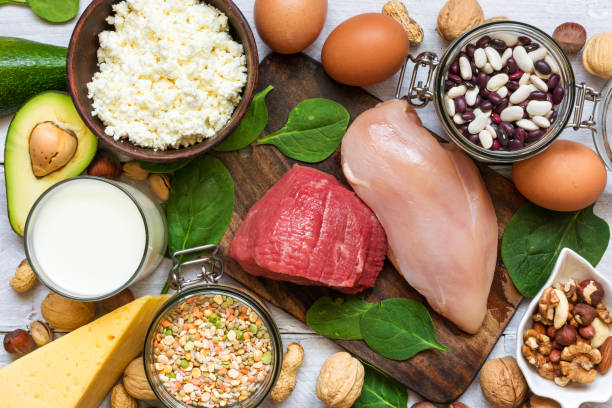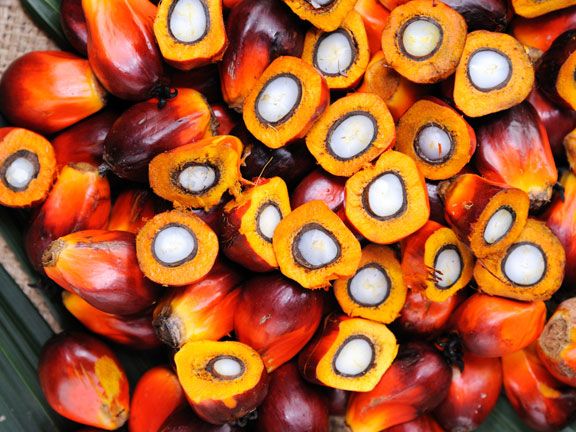Introduction: The Andorran street food scene
Andorra is a small, landlocked country nestled high in the Pyrenees Mountains between France and Spain. This tiny nation is known for its beautiful mountain landscapes, skiing, and tax-free shopping. However, when it comes to food, Andorra may not be the first place that comes to mind for many people. Despite its size, Andorra has a vibrant street food scene that is worth exploring for foodies.
The most popular street food in Andorra
The most popular street food in Andorra is the bocadillo de calamares, which is a sandwich filled with fried squid rings. This sandwich is a staple of Andorran street food culture and is typically served with a squeeze of lemon and aïoli sauce. The bread used for the sandwich is typically a crusty baguette that is freshly baked and still warm. The combination of crispy squid, zesty lemon, and creamy aioli makes this sandwich a must-try for street food lovers visiting Andorra.
A traditional Andorran street food: the trinxat
Trinxat is a traditional Andorran dish that can be found in many street food stalls in Andorra. This dish is made with mashed potatoes, cabbage, and bacon cooked together and served with a fried egg on top. It is a hearty and comforting dish that is perfect for a chilly day in the mountains. Trinxat is a dish that has been passed down for generations in Andorra and is a staple of the country’s culinary heritage.
The ubiquitous hotdog: a street food staple
Hot dogs are a ubiquitous street food item that can be found all over the world, and Andorra is no exception. In Andorra, hot dogs are typically served with a range of toppings such as ketchup, mustard, grated cheese, and fried onions. They are a quick and easy snack that can be enjoyed on the go while exploring the country.
Churros and chocolate: a sweet street food treat
Churros and chocolate are a sweet street food treat that can be found in many places throughout Andorra. These fried dough pastries are crispy on the outside and fluffy on the inside and are served with a hot cup of thick chocolate for dipping. This decadent snack is perfect for satisfying a sweet tooth while exploring the country’s charming streets.
Other popular street foods in Andorra
In addition to the bocadillo de calamares, trinxat, hot dogs, and churros, Andorra has many other popular street food items. These include crepes, grilled meats, paella, and empanadas. Visitors to the country can explore the various food stalls and markets to sample the local cuisine and discover new favorites.
Where to find street food in Andorra
Street food can be found throughout Andorra, especially in larger towns and cities. The capital city, Andorra la Vella, has a bustling street food scene with a wide variety of options. Other popular places to find street food in Andorra include Encamp, Escaldes-Engordany, and Sant Julia de Loria. Visitors to the country can also check out local markets and festivals to find unique and delicious street food offerings.
Conclusion: Exploring Andorra’s street food culture
Although it may not be the first thing that comes to mind when thinking about Andorra, the country has a rich and diverse street food culture that is worth exploring. From traditional dishes like trinxat to popular items like hot dogs and churros, there is something for everyone to enjoy. So the next time you find yourself in Andorra, be sure to sample some of the delicious street food offerings and discover the country’s culinary heritage.
















